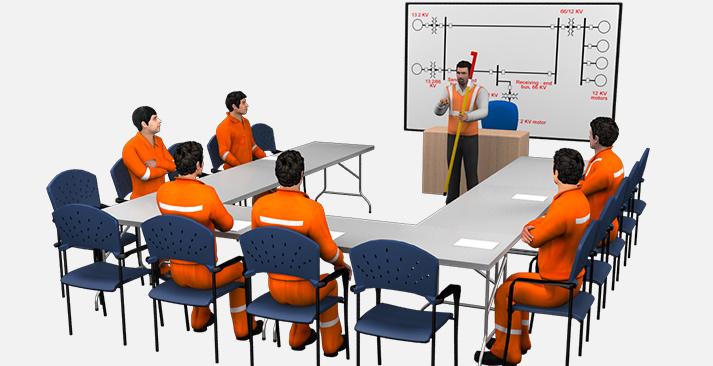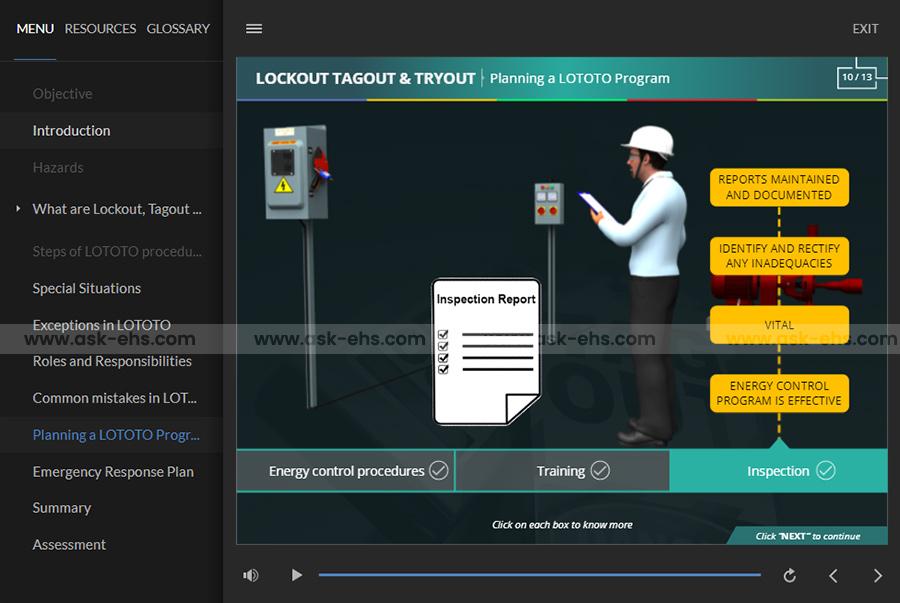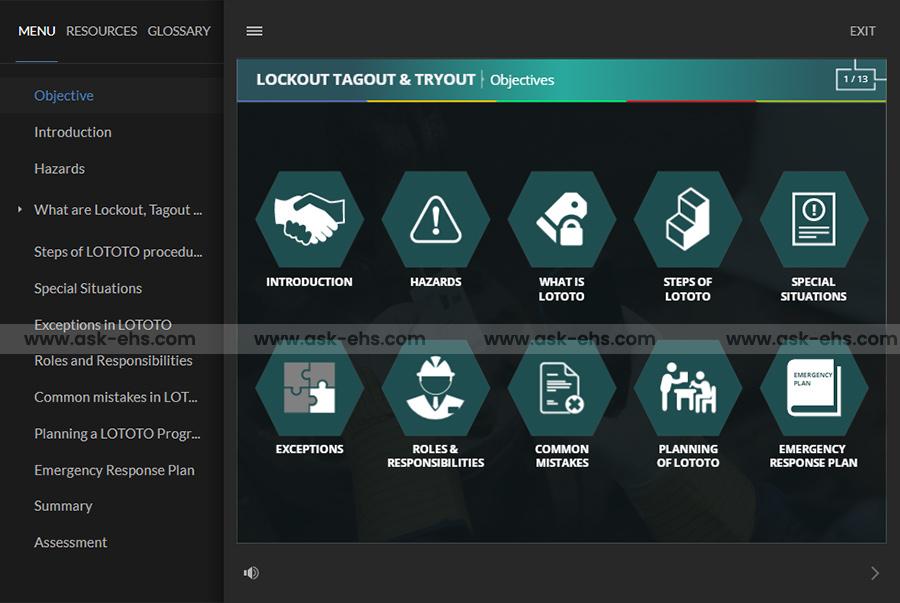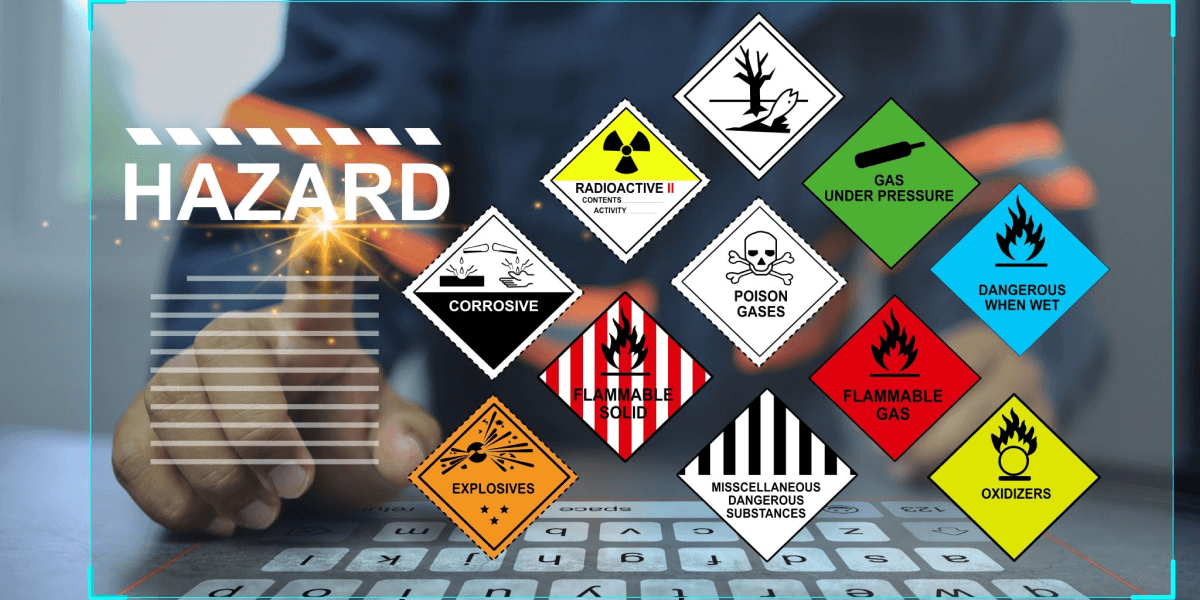
Do you really prefer perusing lines and lines of content, that is rote learning, or interactivity is, really your cup of tea? Coming off a spring quarter disrupted by the great pandemic, one can conclude that internet, undoubtedly works as a best subsidiary to traditional studies – the main thrust of learning lies in communicating the essential to the audience effectively.
Read these key stats from findstack to comprehend with the lines given below –
Talk about lines of content for EHS and OHS and one would arrive at conclusions that they stand difficult to review and significantly harder to assess. Plus, with the current disruptions in training due to the pandemic, the thought of moving your training to blended, interactive learnings must have strengthened.
Are you still skeptical about how trainings become engaging in absence of an instructor?

You speak of learning that goes ‘beyond being there’ – what does it exactly mean?
Safety E-learning is an opportunity where one tries to replicate in-person experiences with technology – basically using the technology for allowing the opportunities that aren’t possible in, and preferable to the modern classroom setup.
And that precisely has been our lens.
And organizations thinking of implementing any sort of E-learning strategy will need to do more than looking at the time savings and deciding that they want a piece of it.
If you are still querying about the legitimacy of a quite a lot of ‘E-learning’, you will really need to go through the levels of interactivity that it offers – the information that is called up at the touch of a button as it is gradually displaced by the ability to call up information as and when it is needed.
But the answer of which interactivity suits the best for you depends on –
Level 1 – Learning with passive or limited interactions
Blended in with a standalone experience, here the student simply devours data. There’s almost no intuitiveness with the course and the student for the most part peruses and pushes ahead by clicking Next. This level is the thing that is generally alluded to as ‘exciting reads’. For the safety ones, one can utilize this to convey adequately basic ideas, similar to importance of site supervisor.

The course is straight and could be viewed as basic training, in which the learner acts just as a data recipient. There are some fundamental animations, and hardly any basic advances, along with drag and drop interactions.
Level 2: Complex Interactivity
With level 2 e-learning courses, the interactions are more sophisticated. In this level, you expect to include audio, video, transitions, animations, and more. Quizzing entails branched, scenario-based questions that permit learners to explore multiple paths and feedback levels.
At Level 2, there involves high degree of complexities and course customizations. Plus, in addition, the one who receives the training has more control over it – it is not just about the presentation of the content but is viewed as a participative and dynamic activity.
This level stands favorite since it has elevated the balance between active learning and development time. Some in-built content can include: –
For example, in a course entitled “Confined space Basics”, the ID first can ask the SME to identify the main content categories for the course, such as:
Define confined spaces and their inherent hazards; and
Impacts of risk management in confined space entry
Then, the ID can ask the SME to further detail each category. For example, this would result in a draft outline such as:
Visual instruments, such as mind maps, concepts maps and process diagrams can help ID and the SME clarify connections among content elements.
Level 3: Advanced/Real time interaction
E-learning uses all of the components in levels 1 and 2, plus gamification or simulation. These courses may incorporate 360° images, games or complex gamification, scenarios, avatars, or interactive videos. These courses are more immersive than other levels of e-learning. As learners interact with the course, they receive feedback on their choices. And in some cases, their choices might even impact the content they’re presented with next.
Subtle textures, gradients, and patterns that add depth and richness without dominating the slides.
Themed backgrounds such as cork boards and chalkboards
Photo backgrounds of offices, classrooms, and other industry-specific environments
Scenario backgrounds that create context around a topic such as medical, safety, legal, and compliance.
For example, if you’re doing a course on scaffolding, the video can start with the learner building a scaffold using the animation tools. Post which he/she can be part of various quizzes and Q&A that test the knowledge and prepare him/her to build a scaffold virtually. Thereby expediting the knowledge to an altogether different level.
This makes level 3 e-learning excellent for learners who need to practice real-time decision-making skills. Although these courses take the longest to develop, the learner experience makes it well worth the effort.




